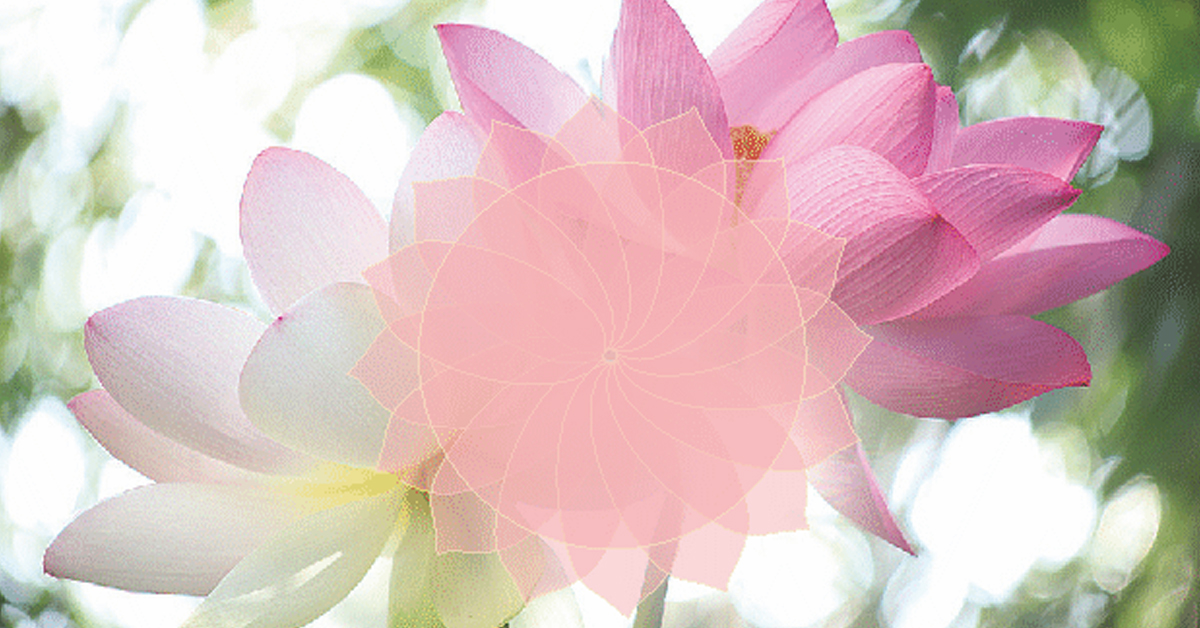The science of Ayurved is as old as Creation. Brahman gave it to Prajapati who taught it to Ashwini Kumars in the times when there was no disease. From them it reached Indra, who taught to son of Attreya and other sages, who gave it to Agnivesh and others, who documented this science of life for the benefit of mankind for they could see that pollution was rising in the minds and environment and onset of disease was not far. Ashtang Hrdyam is one such text, composed by Vagbhat.
Disease, as defined in Ayurveda, is the symptom of an imbalance of doshas, while their equilibrium is health. This imbalance stems from inadequate, improper or excess association of time, object of senses and actions. Based on this, disease may be nija, that is, arising from the body and aagantu that is, arising from external factors. The seat of disease is either the body or mind. Vata, pitta and kapha are the doshas of body, rajas and tamas are the doshas of mind. For doshas of body, Ayurved prescribes the therapies of basti or enema and oils (for vata), vireka or purgation and ghee (for pitta) and vamana or emesis and honey (for kapha). For doshas of mind, it prescribes reflection/contemplation, patience, perseverance and strong will and gyan.
Disease may be curable (sadhya) or incurable (asadhya). Thousands of years ago Ayurveda detailed the factors which decide whether a disease can be cured or not.
Diseases which are present in people with strong immunity, self-control and understanding of therapy, which do not effect vital organs, which have milder causes, premonitory symptoms and specific features, which have no secondary diseases, which are dissimilar with respect to dosha, tissue, habitat, season and prakriti, which have four limbs of treatment (physician, attendant, drug and patient) in excellent condition, which have favouravle planetary influence, which have arisen from any one dosha, which are of recent onset, are susadhya (easily curable). Diseases which require use of sharp instruments in treatment and those which have a mixture of factors are krcchra sadhya (curable with difficulty).
Diseases which persist till the end of life, but can be controlled with continuous good regimen and have some features of curable diseases are yapya (controllable). Diseases which have features in complete contrast to curable diseases, which are chronic, which produce fear of death, delusion and restlessness, which exhibit fatal signs, which cause loss of sensory functions are anupakrama. They require no therapy, should be rejected and are bound to cause death. So traditionally, a physician knew when a disease was curable and when it wasn’t, and in case of latter he would not prescribe drugs and treatments, traumatizing the diseased to fill his coffers!
In this series of articles, we will be taking you through certain curable diseases and their treatments and also preventative care to avoid disease, as detailed in Ashtang Hrdyam of Vagbhat.





